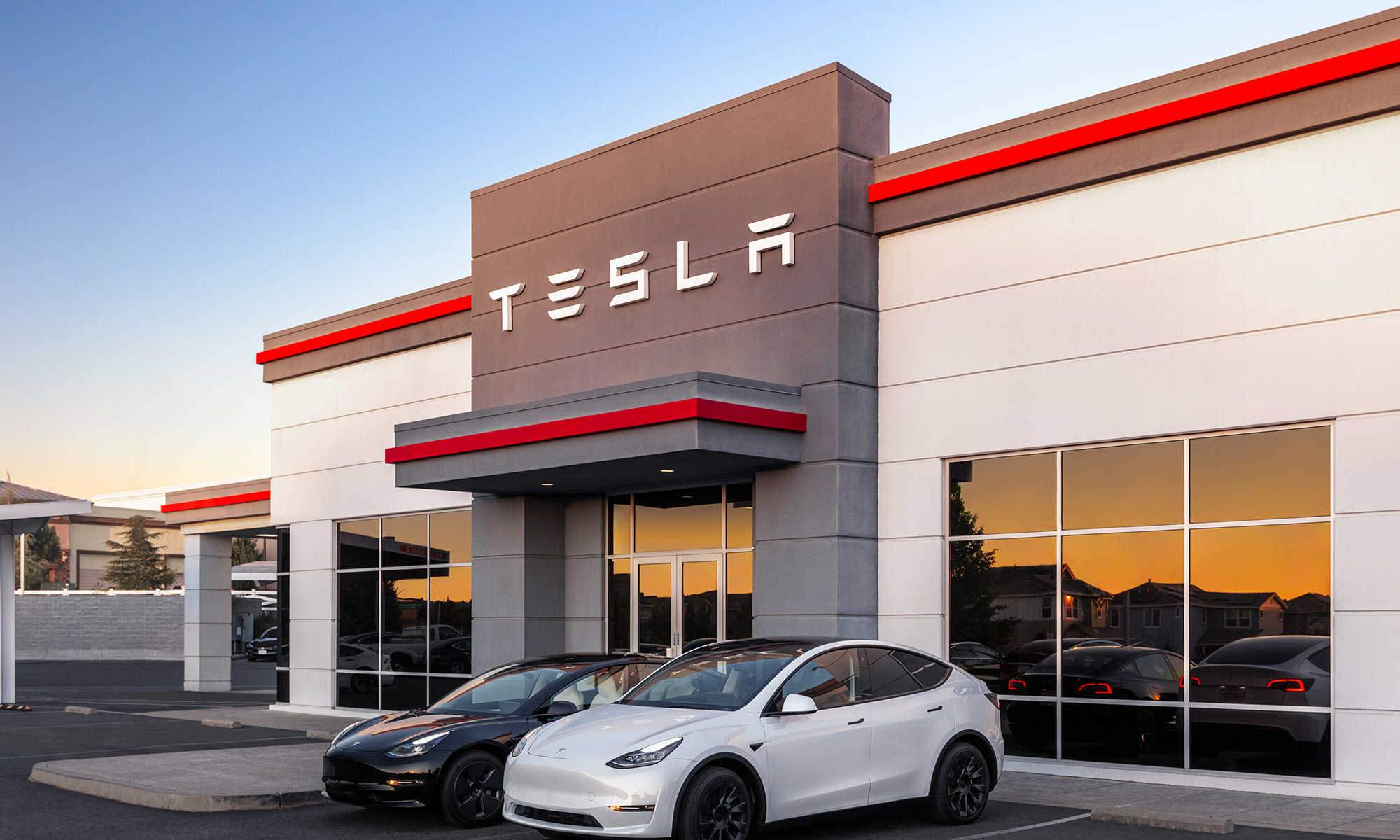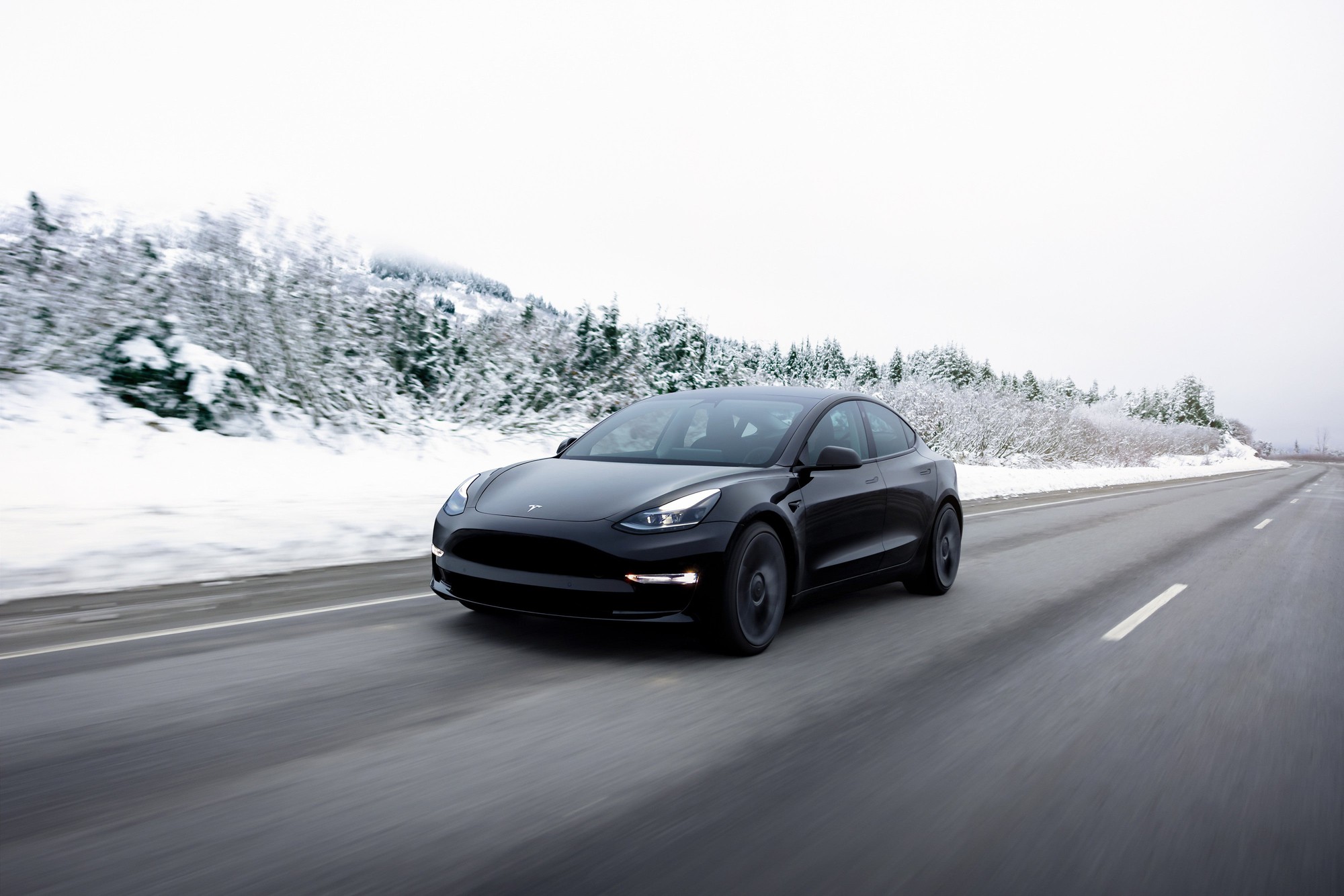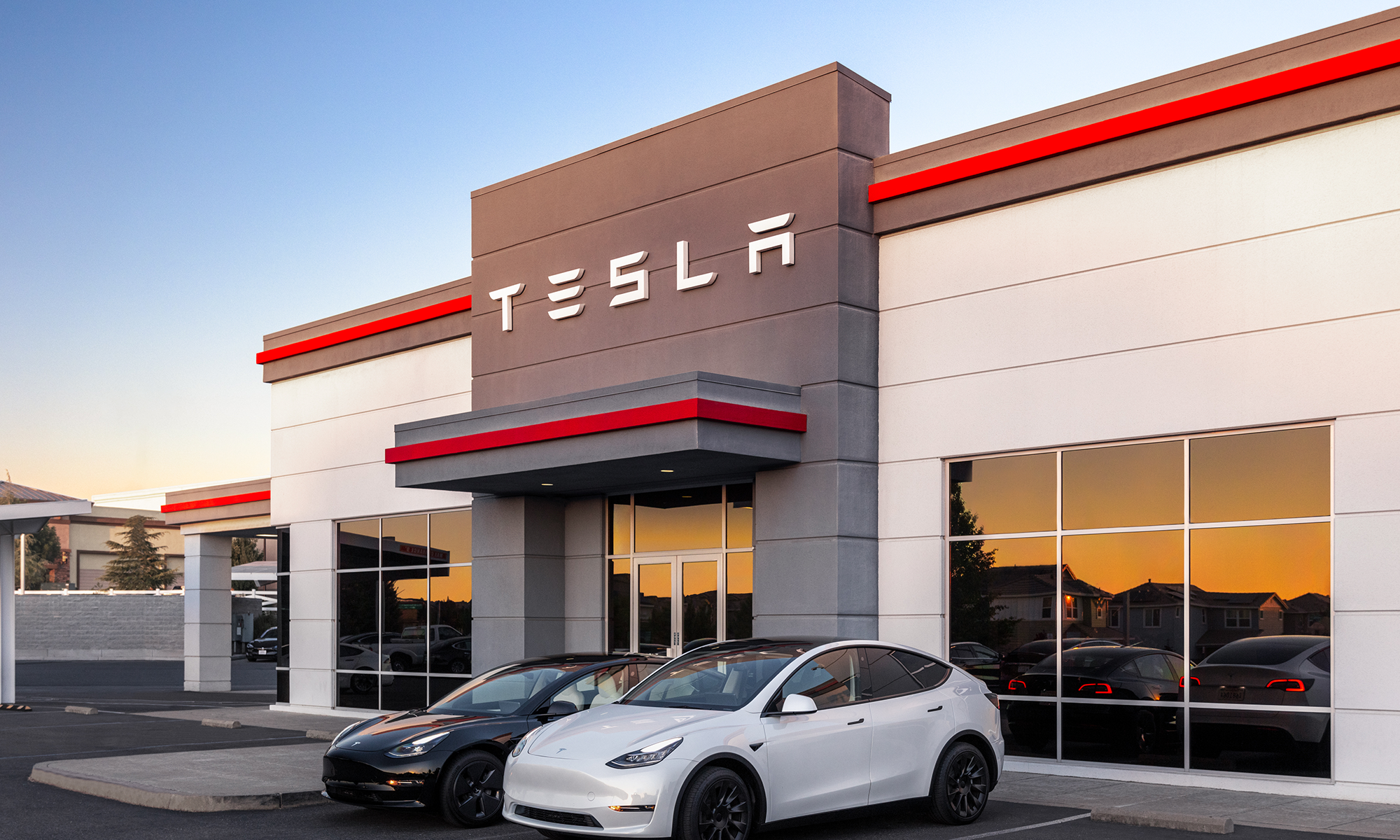Elon Musk is no stranger to bold statements. His comments, often hyperbolic, consistently capture far more attention than the standard rhetoric from corporate executives. Over the past several years, Musk has articulated a vision to evolve Tesla (TSLA 1.04%) beyond its roots as an electric vehicle (EV) and energy-storage company into a broader technology platform centered on artificial intelligence (AI).
At the heart of this strategy is Tesla's push toward fully autonomous driving. While robotaxis dominate the conversation around Tesla's AI roadmap, there is another opportunity quietly flying under the radar that could carry even greater implications: Optimus, the company's humanoid robotics project.
What once sounded like science fiction is slowly becoming a legitimate, tangible reality. Industry leaders such as Nvidia's Jensen Huang have pointed to the multitrillion-dollar potential at the intersection of AI and robotics. Musk has gone even further, asserting that Optimus could one day account for 80% of Tesla's value once the platform is scaled.
For investors, this raises an important question: Is Optimus another example of Musk's grandiose promises, or could it really become Tesla's most impactful product ever?

NASDAQ: TSLA
Key Data Points
Why are humanoid robots important in the broader AI narrative?
In recent years, much of the progress in artificial intelligence has come from the development of large language models (LLMs) capable of generating detailed, context-rich answers to user queries. While these systems have boosted efficiencies across certain workflows, they remain fundamentally reactive -- waiting for prompts before offering value.
This limitation highlights why humanoid robotics is such an ambitious frontier. Unlike traditional industrial robots, humanoid robots are built with arms, legs, and advanced dexterity, enabling them to perform human-level tasks in real-world environments.
In many ways, humanoid robotics represent the closest manifestation of achieving generalized intelligence -- AI that doesn't just respond but actively engages with the physical world.

Image source: Getty Images.
What companies does Tesla Optimus compete with?
Thanks in part to Musk's star power, Optimus has become an increasingly recognized prototype in the humanoid robot landscape. However, Tesla is far from alone in pursuing this technology.
Boston Dynamics -- backed by Hyundai -- continues to show off mobility and agility capabilities through its humanoid robot platform, Atlas.
Meanwhile, Figure AI -- a start-up backed by AI heavyweights such as Microsoft, Nvidia, OpenAI, and Jeff Bezos -- is building a competing humanoid system with an initial focus on manufacturing and logistics applications.
Could Optimus really account for 80% of Tesla's future value?
Today, Tesla's revenue and profitability are largely driven by its EV and energy-storage businesses. Optimus introduces an entirely new frontier: labor automation. Designed as a general-purpose worker, Optimus has the potential to support manufacturing and production on factory floors while also handling routine tasks in household settings.
The implications are twofold. Internally, deploying Optimus in its gigafactories could yield significant labor efficiencies -- lowering operating costs and expanding profit margins as vehicle production scales. Externally, commercialization unlocks the doors to penetrating new markets such as logistics, retail, and healthcare -- all areas where reliable labor needs are rising.
Unlike vehicles, which remain commoditized products subject to cyclical demand, Optimus could become a recurring, mission-critical asset for businesses seeking to offset labor shortages or inflationary costs. If successful, this would provide Tesla with a much-needed durable growth engine beyond its legacy auto and energy solutions.
This is why Musk contends that Optimus could ultimately become Tesla's largest business. Recurring demand and the high-margin nature of robotics have the potential to dwarf even the most optimistic scenarios for Tesla's car business, which will always face shifting consumer preferences and intense competition from other automakers.
If Tesla executes on its robotics pursuit, the upside could be enormous, potentially reaching $10 trillion, according to Musk. With that said, Optimus should still be viewed largely as a moonshot. The product remains years away from global adoption and is unlikely to move the financial needle for Tesla anytime soon.







